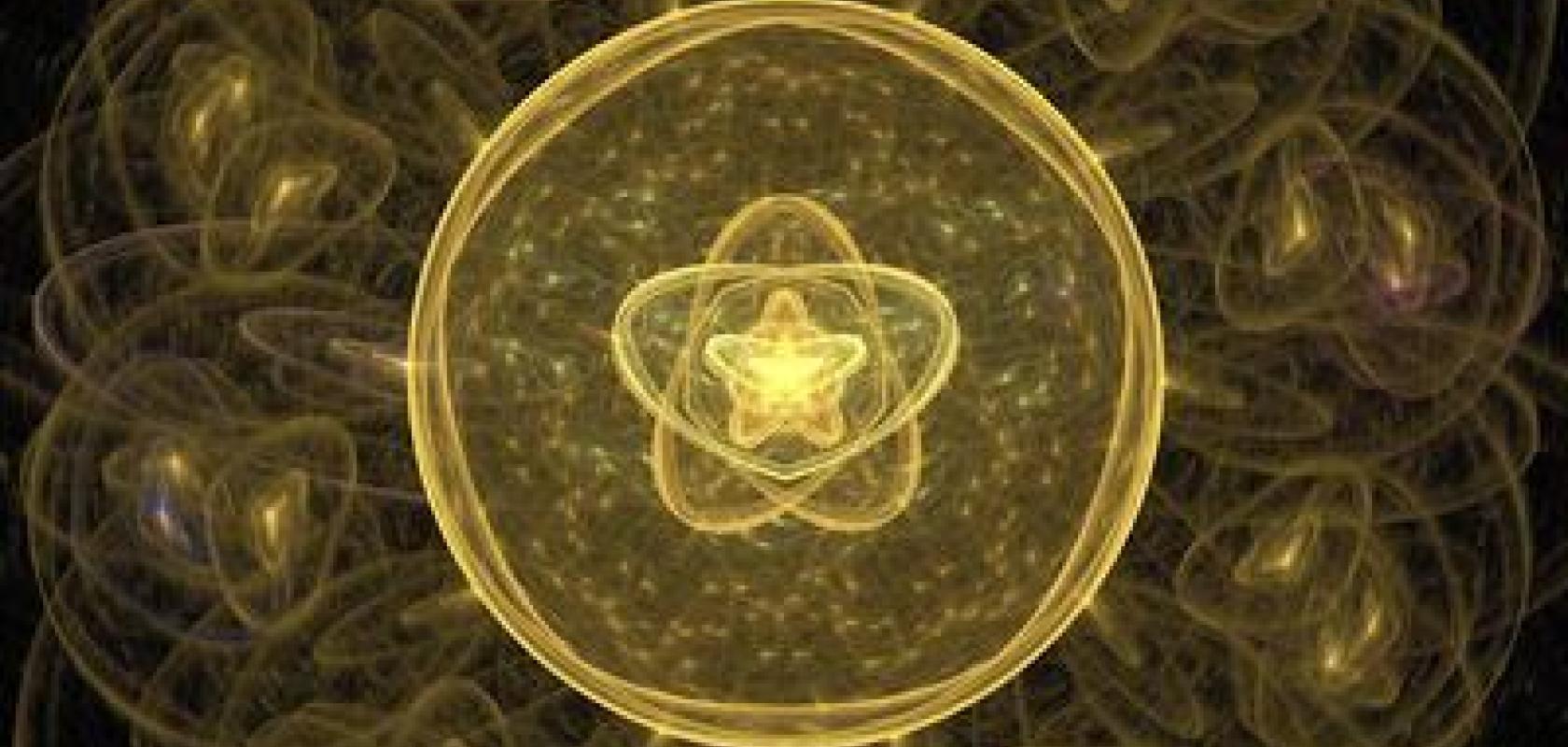A consortium of European universities and British photonics firm M Squared is set to test one of the core principles of quantum mechanics as part of a major €4.4 million (£3.9 million) research project funded by the European Commission.
The research could aid in the creation of quantum technologies for space, or lead to the development of ultra-sensitive measuring devices that could outperform existing sensors when measuring the effects of gravity.
The ‘Project TEQ’ consortium, led by the University of Trieste and featuring British universities Southampton, UCL and Queen’s University Belfast, has devised an ambitious experiment to test the limits of the quantum superposition principle (QSP) – the law that allows microscopic particles such as atoms and electrons to appear in two different, perfectly distinguishable, configurations at the same time.
The validity of QSP at the microscopic level is accepted by scientists, and confirmed by an enormous amount of data. However, the principle breaks down at the macroscopic level – which is why everyday objects such as cars and trees cannot behave in a quantum manner and exist in two places at once. Unproven theories suggest that this is because of a universal background ‘noise’ that destroys the QSP of larger objects.
‘Whether it’s possible to observe quantum behaviour in macroscopic objects is the great unanswered question in quantum physics,’ said Professor Hendrik Ulbricht of the University of Southampton. ‘If it turns out that we can, this could eventually open the way for us to use the amazing characteristics of quantum mechanics in a much larger set of physical systems beyond the microscopic world. We’re about to embark on a very exciting journey.’
The ‘Project TEQ’ consortium will test the existence of the theorised background noise by shooting a laser at a tiny particle of glass, one-thousandth of the width of a human hair, and measuring the scattered light to reveal signs of the particle’s movement. To do this, the particle will also have to be levitated by an electric field in a vacuum at a temperature nearing absolute zero.
If there is no movement, it will show that quantum mechanics still apply at this scale and there is no universal background noise. If movement is detected, however, it will indicate the existence of a noise that prevents QSP applying at this scale. This would represent the first observed failure of quantum theory, setting a limit on the scale at which quantum mechanics apply and having implications for large-scale applications of any physical system based on quantum principles.
‘Our research programme could prove that we do not have to deal with extremely small systems in order to see quantum effects, which is currently the main limitation of quantum technology,’ said Professor Mauro Paternostro of Queen’s University Belfast. ‘If you can prove that quantum theory extends to larger systems, it will offer a much more robust way of processing information: all the chips and integrated systems in computers could be shrunk to a much smaller scale and we would be able to manage quantum for daily applications.
‘This would mean larger data-processing rates, larger memories and larger transmission rates of data across these larger networks.’
Dr Graeme Malcolm OBE, CEO and co-founder of M Squared, added: ‘If this work does prove that quantum effects can be seen on a larger scale, it widens the potential commercial applications of quantum technology – in particular, the areas of sensing and metrology will see significant commercial opportunities in the coming decades.'
The application of quantum mechanics to larger-scale systems could aid in the creation of quantum technologies for space, according to Malcolm, with satellites being used to transmit quantum information rather than relying on fibres on the ground or under the sea. Other potential applications include the development of ultra-sensitive measuring devices that could outperform existing sensors to measure the effects of gravity.


